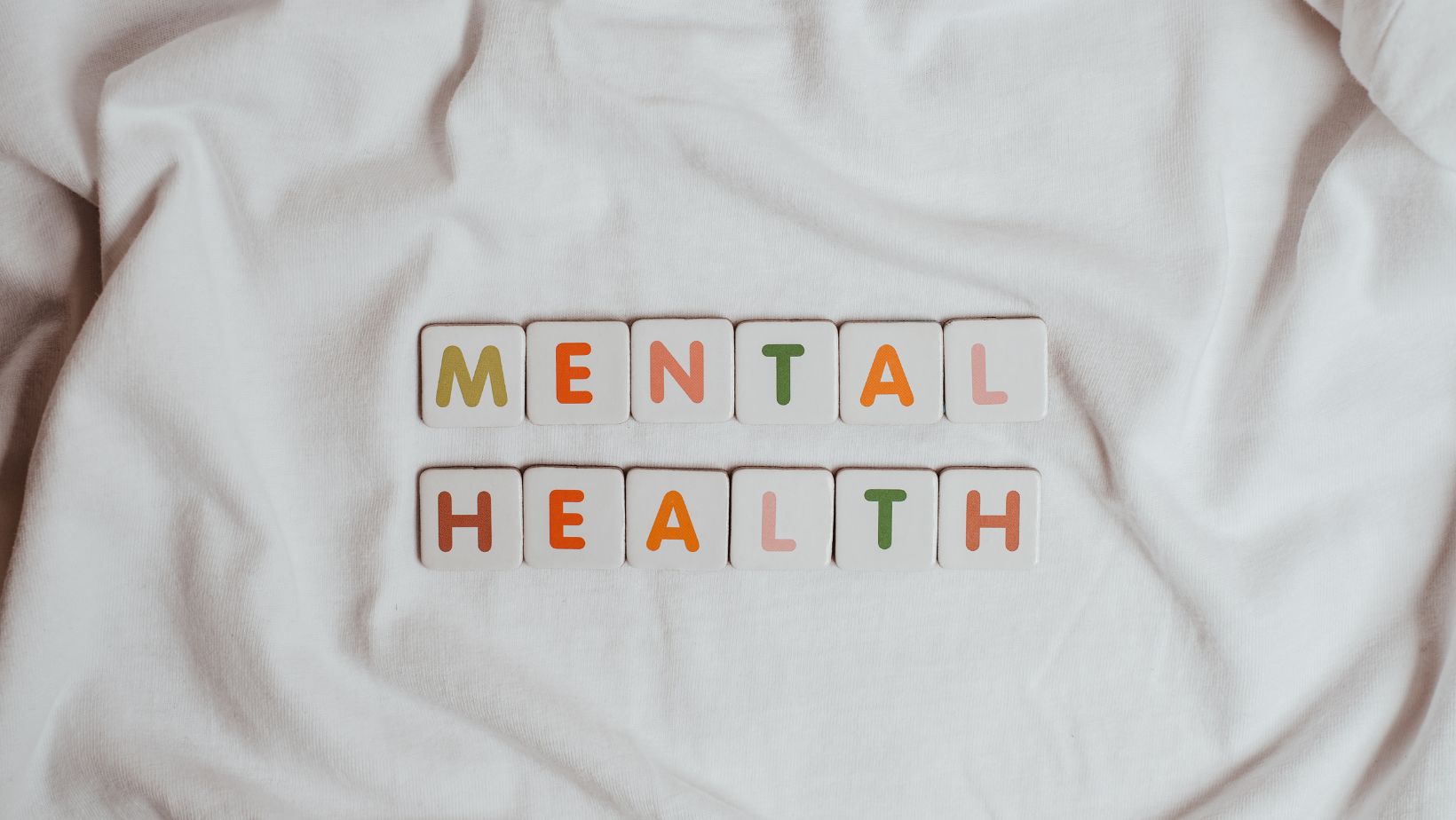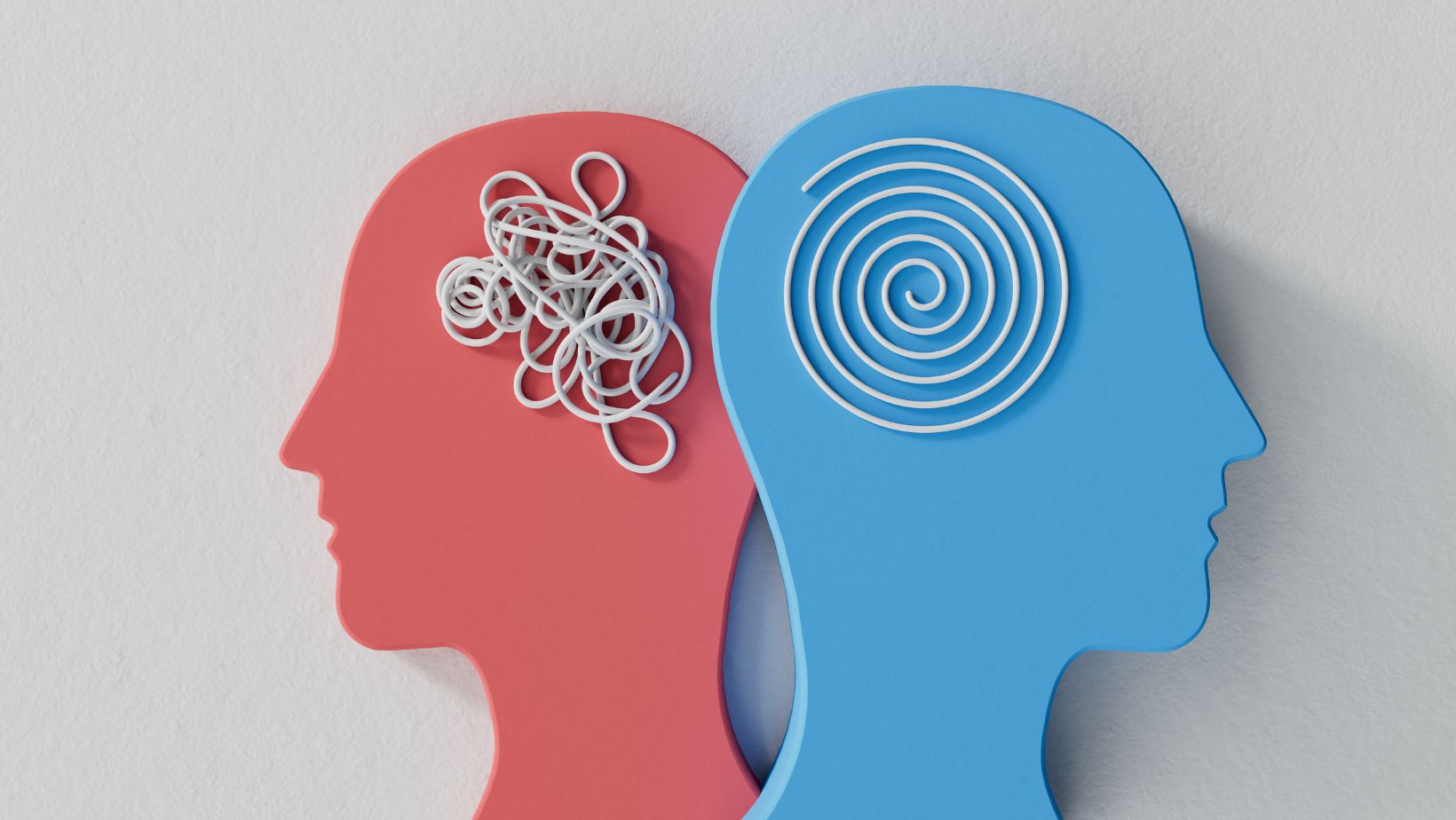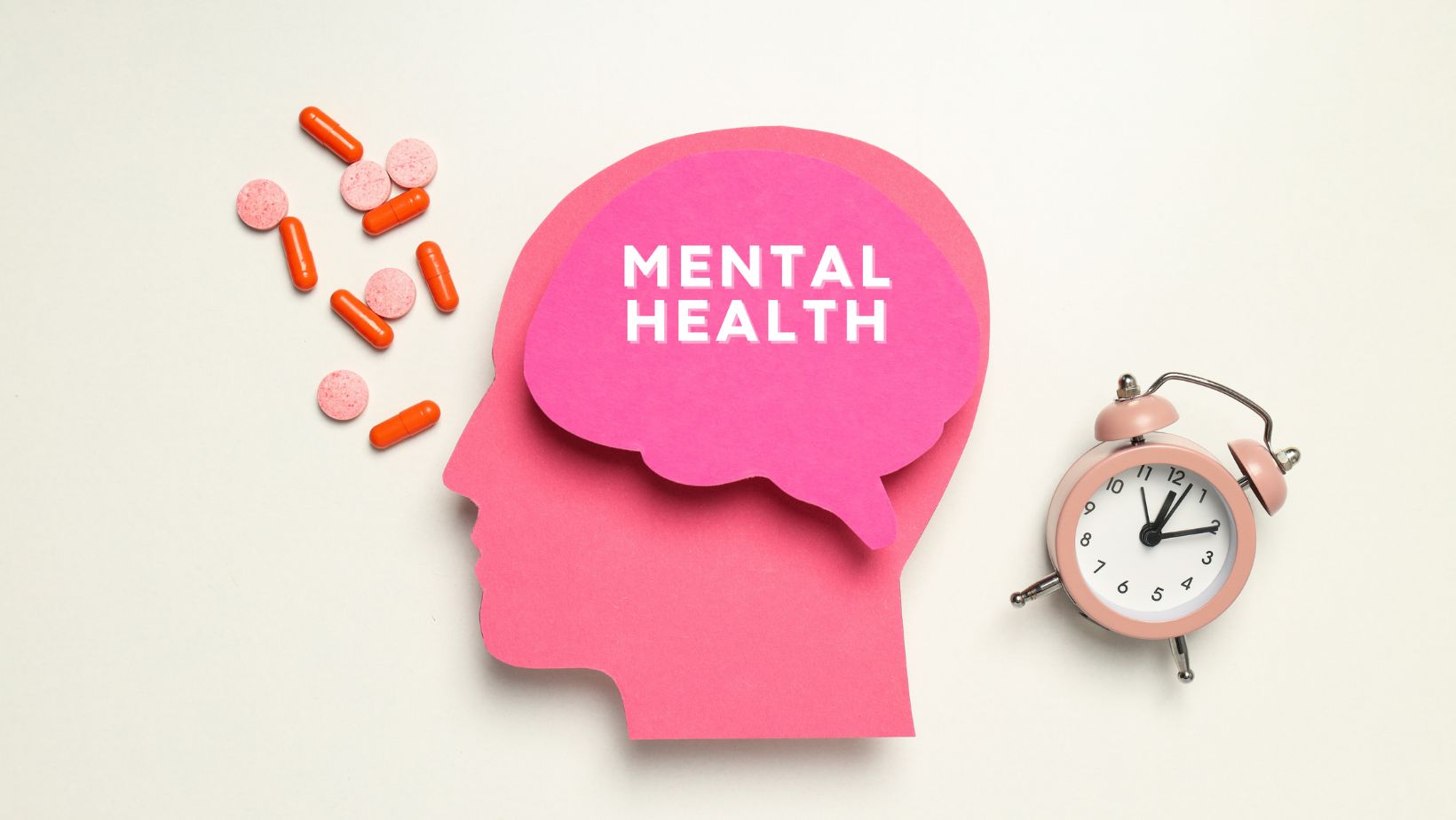Table of Contents
ToggleHow Energy Centers Influence Emotional Well-Being
In the search for emotional balance and mental clarity, many people turn to therapy, medication, or mindfulness. These are powerful tools—but sometimes, deeper healing calls for a more energetic approach. That’s where the chakra system comes in.
Rooted in ancient Indian philosophy, the chakra system sees the body not only as physical but as energetic. It teaches that we have seven main energy centers, or chakras, that influence our emotional, physical, and spiritual health. When one or more of these centers becomes blocked or imbalanced, we may experience anxiety, fatigue, depression, or emotional overwhelm.
While chakras aren’t measured by medical instruments, more people are exploring how chakra balancing practices can complement traditional mental health approaches. Let’s dive into the chakra system and how it may impact your emotional well-being.
What Are Chakras?
The word chakra means “wheel” in Sanskrit. Each chakra is believed to be a spinning vortex of energy located along the spine, from the base to the crown of the head. Each one governs specific emotional, mental, and physical aspects of our lives.
The seven main chakras are:
1. Root Chakra (Muladhara) – Safety, stability
2. Sacral Chakra (Svadhisthana) – Emotions, creativity
3. Solar Plexus Chakra (Manipura) – Confidence, control
4. Heart Chakra (Anahata) – Love, compassion
5. Throat Chakra (Vishuddha) – Communication, truth
6. Third Eye Chakra (Ajna) – Intuition, clarity
7. Crown Chakra (Sahasrara) – Connection, purpose
When these centers are balanced, energy flows freely, and we feel grounded, open, and connected. When blocked, we may feel stuck, disconnected, or emotionally unstable.
The Mind-Body-Energy Connection
Western psychology and Eastern traditions are starting to meet in the middle. Modern research confirms what ancient systems have long taught: the mind and body are deeply connected.
A 2010 study published in Psychological Science found that people consistently associate different emotions with specific body regions—for example, sadness with the chest and anxiety with the gut (Nummenmaa et al., 2010). This aligns closely with the chakra map.
Therapies like yoga, breathwork, and meditation also activate the nervous system and energy centers, suggesting that mental healing involves both biology and subtle energy awareness.
How Each Chakra Relates to Mental Health
Let’s explore how imbalances in specific chakras can show up emotionally, and how healing these areas can support mental well-being.
1. Root Chakra (Muladhara)
Location: Base of the spine
Emotional themes: Safety, grounding, survival
When this chakra is balance, you feel safe, secure, and supported. When it’s blocked, you may feel anxious, disconnected, or fearful—especially about money, health, or belonging.
Mental health link: Chronic anxiety, panic disorders, trauma, restlessness
Supportive practices:
– Walking barefoot on the earth
– Grounding breathwork
– Using affirmations like “I am safe and supported.”

2. Sacral Chakra (Svadhisthana)
Location: Lower abdomen
Emotional themes: Emotions, pleasure, creativity
An open sacral chakra allows emotional flow, joy, and healthy boundaries. Blockages may show up as emotional numbness, guilt, or mood swings.
Mental health link: Depression, shame, emotional eating, suppressed feelings
Supportive practices:
– Creative expression (painting, dancing)
– Hip-opening yoga poses
– Journaling emotions without judgment
3. Solar Plexus Chakra (Manipura)
Location: Upper abdomen
Emotional themes: Confidence, identity, willpower
This chakra fuels self-worth and personal power. When blocked, you may feel insecure, powerless, or self-critical.
Mental health link: Low self-esteem, perfectionism, burnout
Supportive practices:
– Core-strengthening exercises
– Positive affirmations (“I am enough.”)
– Setting healthy personal boundaries
4. Heart Chakra (Anahata)
Location: Center of the chest
Emotional themes: Love, compassion, forgiveness
A balanced heart chakra brings emotional openness and deep connection. Imbalances may cause isolation, bitterness, or grief.
Mental health link: Grief, loneliness, trust issues
A 2015 study in Frontiers in Psychology found that compassion-focused practices help reduce anxiety and self-criticism, key symptoms in many mental health disorders (Kirby et al., 2015).
Supportive practices:
– Practicing gratitude
– Giving and receiving kindness
– Breathwork focused on the chest area
5. Throat Chakra (Vishuddha)
Location: Throat
Emotional themes: Communication, self-expression
When open, this chakra allows you to speak your truth and listen with empathy. When blocked, you may feel silenced, unheard, or socially anxious.
Mental health link: Social anxiety, people-pleasing, repressed anger
Supportive practices:
– Honest journaling
– Singing or humming
– Saying what you need—even if it’s hard
6. Third Eye Chakra (Ajna)
Location: Forehead, between the eyebrows
Emotional themes: Intuition, clarity, insight
This chakra helps you see clearly—both internally and externally. When blocked, you may feel confused, indecisive, or disconnected from your inner voice.
Mental health link: Overthinking, lack of direction, disconnect from self
Supportive practices:
– Meditation or visualization
– Mindful stillness
– Asking, “What do I need to know right now?”
7. Crown Chakra (Sahasrara)
Location: Top of the head
Emotional themes: Connection, purpose, spiritual peace
When balanced, this chakra fosters a sense of meaning, faith, and universal belonging. Imbalance may bring existential dread, isolation, or spiritual disconnection.
Mental health link: Depression, lack of purpose, chronic apathy
Supportive practices:
– Prayer, reflection, or meditation
– Being in nature
– Focusing on something greater than self
Healing Through Chakra-Based Practices
While chakras aren’t part of traditional psychology, many holistic tools used in chakra work are proven to support emotional health:
– Yoga: Supports emotional regulation and nervous system balance
– Breathwork: Calms anxiety and builds self-awareness
– Meditation: Improves focus and reduces rumination
– Sound healing: Helps calm brain waves and reduce stress
– Energy healing (Reiki, acupuncture): Promotes relaxation and emotional release
The Journal of Alternative and Complementary Medicine (2013) found that people who practiced chakra-based meditation reported lower stress and improved emotional balance compared to control groups (Khosrowjerdi et al., 2013).
Final Thoughts
Exploring the chakra-mental health connection doesn’t mean abandoning science. It means expanding your view of healing to include the energetic and emotional layers of human experience.

Your body speaks the language of energy. Your emotions carry vibration. And your healing journey deserves to be both grounded and expansive.
Whether you’re balancing your root chakra to ease anxiety or opening your heart chakra to heal grief, know this: your mind, body, and spirit are deeply connected—and when one heals, all can rise.
References
– Nummenmaa, L., et al. (2010). Bodily maps of emotions. Psychological Science, 21(12), 1784–1790.
– Kirby, J. N., et al. (2015). The impact of compassion-focused interventions on various psychological outcomes. Frontiers in Psychology, 6, 1301.
– Khosrowjerdi, M., et al. (2013). Effect of chakra meditation on stress and mood. Journal of Alternative and Complementary Medicine, 19(4), 321–325.






